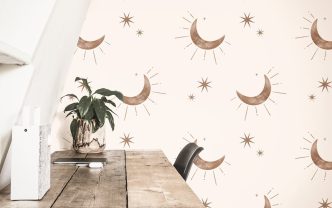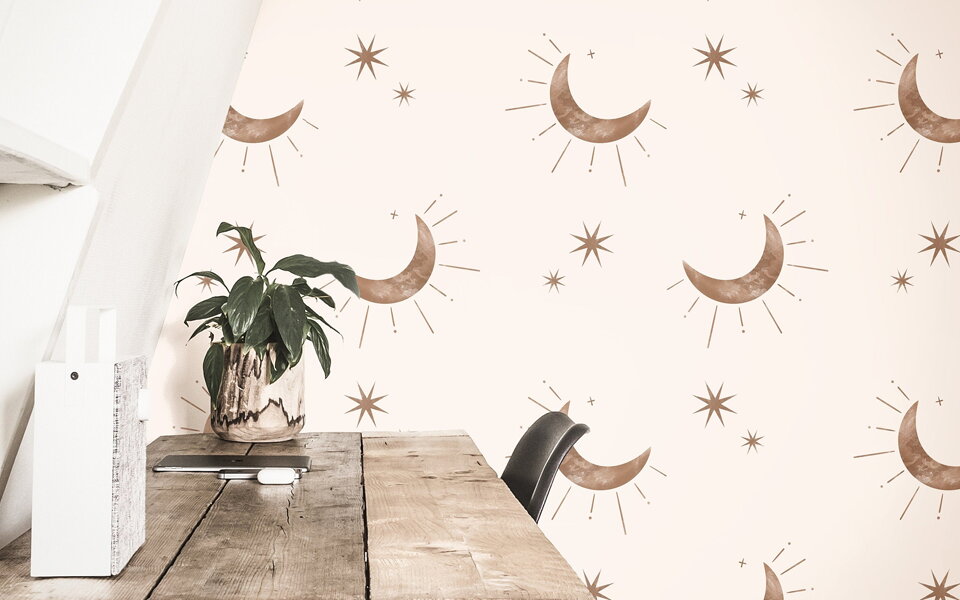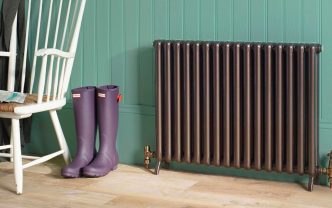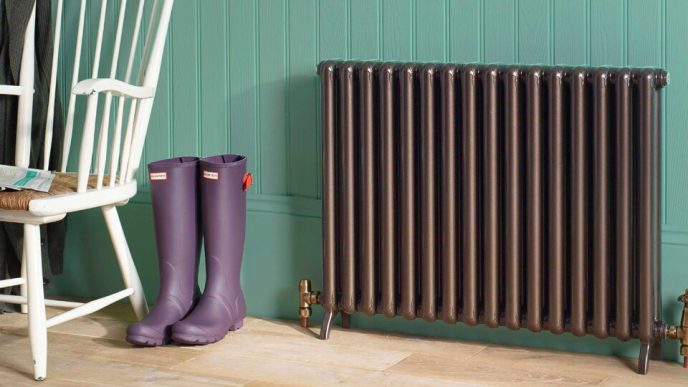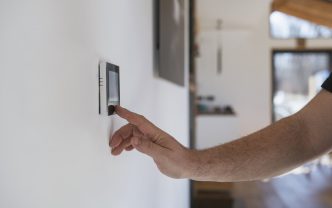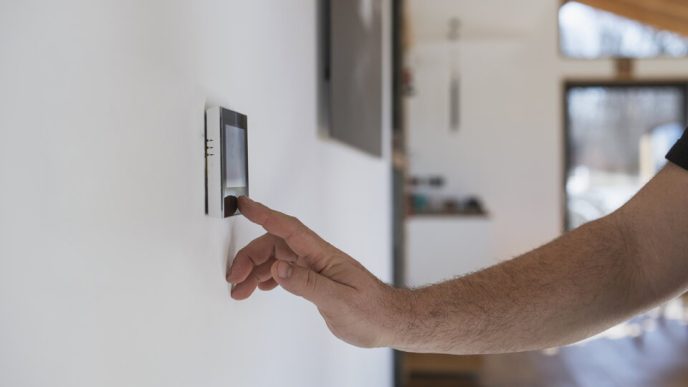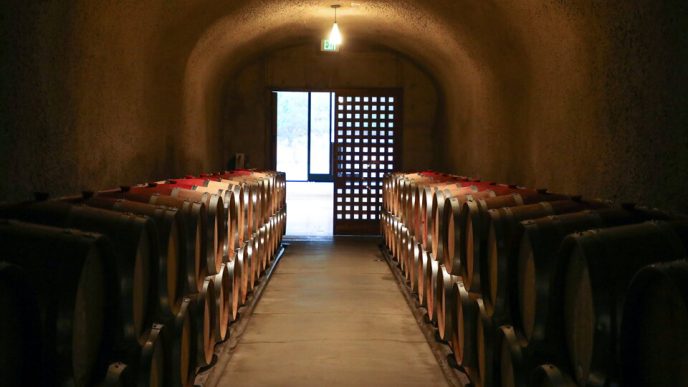The Short Story: Two Ways to Dress a Wall
Wallpaper can change a room’s mood in an afternoon, like switching from lo-fi to strings. Today’s choices are peel-and-stick, the poster child of rapid makeovers, and classic wallpaper, the tried-and-true pick for durability and gloss. Both are lovely in their own ways. The best option depends on your timetable, walls, and desired look.
Peel-and-Stick, Defined
Think of peel-and-stick as a huge patterned decal. The back has a removable adhesive; peel the liner and smooth it onto the wall. Most are vinyl or woven textures with a moderate acrylic adhesive that won’t damage paint. Eggshell, satin, or semi-gloss finishes work best on smooth, well-primed plasterboard.
Where it struggles: textured walls, orange peel bumps, heavy humidity, and fresh paint that hasn’t fully cured. When the wall is right and the room’s conditions are stable, it behaves beautifully. When they’re not, you can see edge lift, air bubbles, or a slow, annoying slump in steamy spaces.
Traditional Wallpaper, Explained
Traditional wallpaper is the classic: applied with paste (or pre-pasted with adhesive activated by water). Materials range from sturdy non-wovens and vinyls to luxe grasscloth and silk. With paste bonding the paper to a properly primed wall, you get crisp seams, a flat, custom look, and durability that outlives a trend cycle—often a decade or more.
It demands more upfront. Choreography involves measuring repeats, booking time, and seam alignment. A built-in finish with superior performance in moisture-prone and high-traffic areas is the result. When you want the place to look “done,” set it and forget it.
Installation: Afternoon Project vs. Planned Operation
Peel-and-stick is a friendly DIY. Roll out a plumb line, cut to height, peel a foot at a time, and smooth as you go. Misaligned a pattern? Lift, reposition, try again. The toolkit is humble: a level, a sharp knife, a smoothing squeegee, and patience. An accent wall can be wrapped before the takeout arrives.
Traditional wallpaper is a production. You (or a pro) will paste the wall or the back of the paper, manage open time, butt seams precisely, and keep everything plumb while pattern repeats line up top to bottom. Mistakes are less forgiving, and cleanup involves paste. Many homeowners bring in an installer, especially for big patterns, stairwells, bathrooms, or ceilings, where speed and accuracy pay off visually and financially.
Removal: Exit Strategy Matters
Peel-and-stick behaves on the way out—start at a top corner, pull slowly at a low angle, and most panels come off clean. If the paint underneath was glossy and fully cured, residue is rare. If the wall was dusty, chalky, or freshly painted, you can see lifting paint or tack left behind.
Traditional wallpaper varies. Modern non-wovens often strip in large sheets from a primed wall. Older papers may need warm water or a remover solution to loosen paste, followed by a scraper and a rinse. If the wall wasn’t primed before papering, removal can tug at drywall facing and turn a weekend into a repair.
Durability, Washability, and Life Span
Peel-and-stick sacrifices durability for adaptability. A stable, low-humidity atmosphere should provide years of reliable functioning. While wipeable, several variants can scuff inks and coatings with severe cleaning. Kitchens and bathtubs with sufficient ventilation are possible but not guaranteed.
Traditional wallpaper lasts. Vinyl and vinyl-coated alternatives resist fingerprints and scrub well. Ten to fifteen years is usual for well-prepped rooms, and seams resist lift even with seasonal humidity variations. Kids, pets, and entryways tolerate paste-applied materials better.
Where Each Option Shines
Peel-and-stick loves:
- Rental apartments and dorm-like setups where deposit protection matters.
- Accent walls and murals that keep your commitment light.
- Trend cycles—checkerboard this year, herringbone next—without the break-up mess.
- Nurseries and playrooms that evolve as quickly as the little humans do.
- Event backdrops or quick stage-set transformations.
Traditional wallpaper excels in:
- Primary living spaces meant to anchor your style for years—living rooms, dining rooms, bedrooms.
- Powder rooms and bathrooms with proper ventilation, where vinyl and non-woven papers stay put.
- High-traffic hallways, entryways, and stairwells where washable finishes earn their keep.
- Ceilings and tricky surfaces where professional paste application gives you crisp seams and lasting adhesion.
- Complex patterns, luxe textures, and specialty materials that demand precision.
Design and Budget Considerations
Aesthetics first: peel-and-stick offers a huge catalog of prints, from minimal textures to bold murals, often sold in panels. Colors can be punchy, and the finish is typically matte or satin. Traditional wallpaper unlocks deeper benches of material—grasscloth’s woven shadow play, embossed textures, metallic inks, flocked velvet—plus ultra-crisp color registration and edge-to-edge pattern continuity.
Beyond price, budget communicates a narrative. Small areas benefit from peel-and-stick because to decreased material prices and no labour. Large rooms with repeat-heavy designs can waste funds because panel widths and repeats determine how much additional you’ll buy to match. Traditional wallpaper costs more per roll and requires professional installation, but waste is predictable, seams are cleaner, and the lifespan is longer. For durability and polish, that long arc can sketch out.
Prep, Paint, and Moisture: The Fine Print
Surface pretreatment is the unsung hero. Degrease walls as needed. Refine texture with gentle sanding. Use a good primer-sealer so adhesives stick to the coating, not the plasterboard. Before installing wallpaper, especially peel-and-stick, let new paint cure for three to four weeks.
Humidity changes everything. Bathrooms need a fan that actually clears steam and time between hot showers for walls to dry. Kitchens appreciate a backsplash gap behind ranges and sinks. Sun exposure can fade inks; UV-filtering window films or shades help preserve vibrancy. Texture matters too: heavy orange peel or knockdown finishes almost always call for a skim coat or a liner paper under traditional wallpaper; peel-and-stick prefers near-smooth to look its best.
FAQ
Will peel-and-stick wallpaper damage my paint?
On fully cured, properly primed paint, it usually removes cleanly. Weak, dusty, or freshly painted walls are more prone to lifting.
Can I use peel-and-stick in a bathroom?
Yes with good ventilation and on smooth, well-primed walls, though edges may lift in steamy conditions. Vinyl traditional wallpapers are generally more reliable in humidity.
How long should new paint cure before wallpaper?
Allow three to four weeks for most interior paints to cure before installing any wallpaper. Rushing this step risks adhesion issues and paint pull.
Can traditional wallpaper go over textured walls?
It can after prep, typically a skim coat or a smooth liner wallpaper. Skipping this step telegraphs texture and weakens adhesion.
Is pre-pasted wallpaper easier than paste-the-wall?
It simplifies adhesive handling but still demands careful alignment and timing. Difficulty is closer to traditional than to peel-and-stick.
Can I reuse peel-and-stick wallpaper after removal?
Usually not recommended; the adhesive collects dust and loses uniform tack. Reinstalled panels are more likely to fail.
What tools do I need for DIY peel-and-stick?
A level, tape measure, sharp utility knife, smoothing squeegee, and a step stool cover most needs. A seam roller can help on stubborn edges.
How do I clean wallpaper without ruining it?
For washable papers, use a damp microfiber cloth and mild soap if needed. Avoid abrasives and test in an inconspicuous spot first.
Which option is better for renters?
Peel-and-stick is designed for temporary use and easy removal, making it renter-friendly. Traditional wallpaper risks deposit-damaging removal.
How do I handle pattern matching?
Order extra to account for the pattern repeat and start from a plumb reference line. Precise trimming at ceilings, corners, and baseboards keeps the flow seamless.

